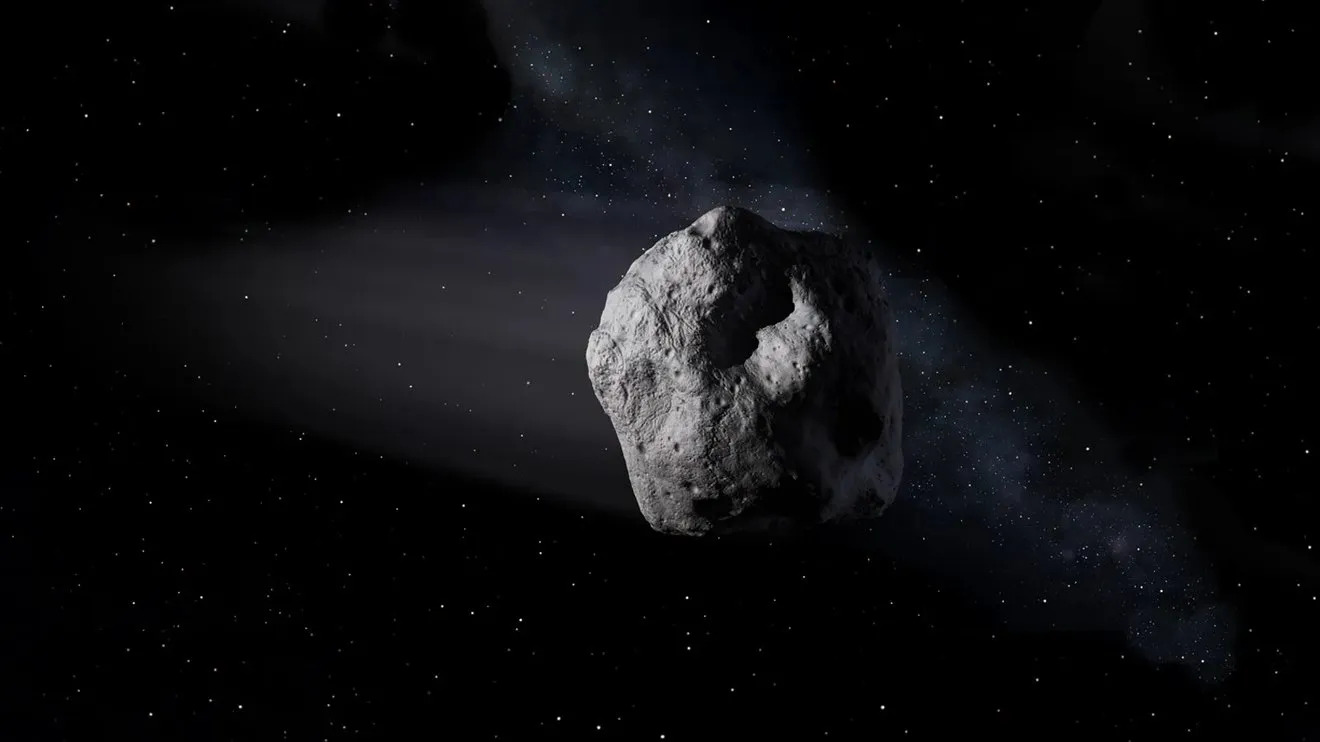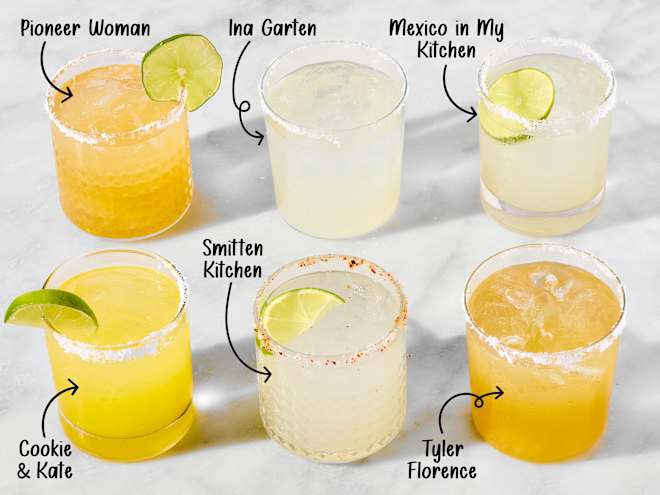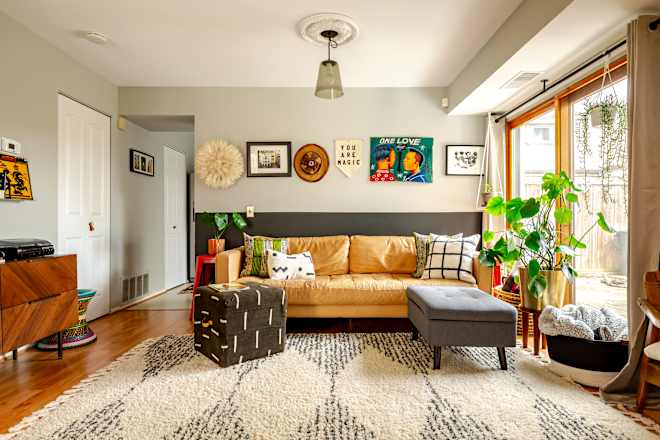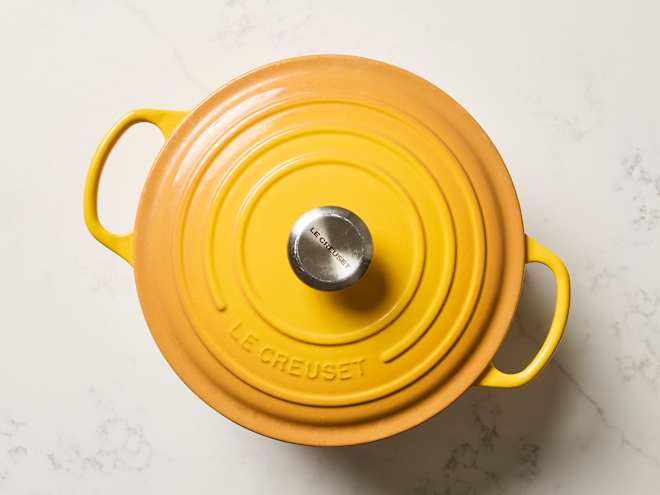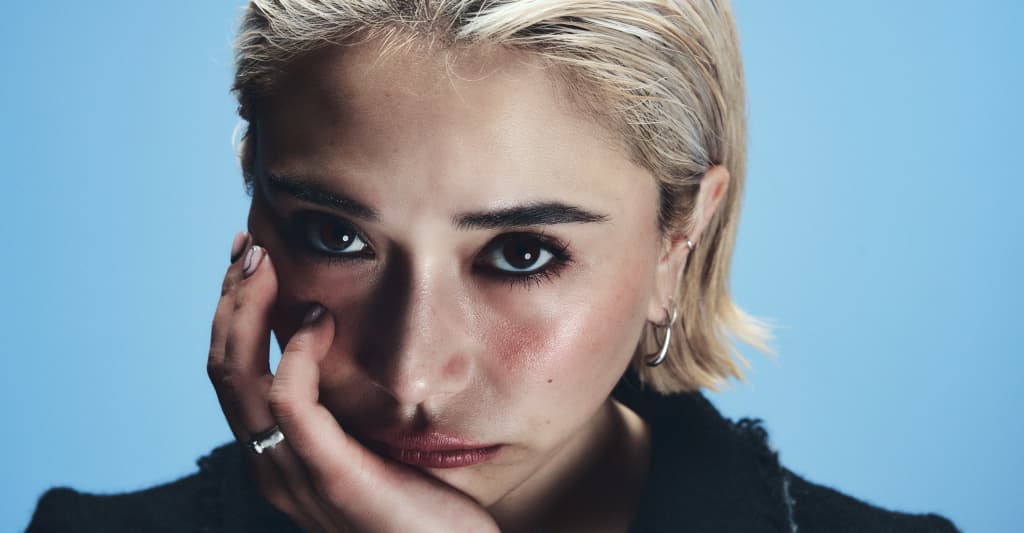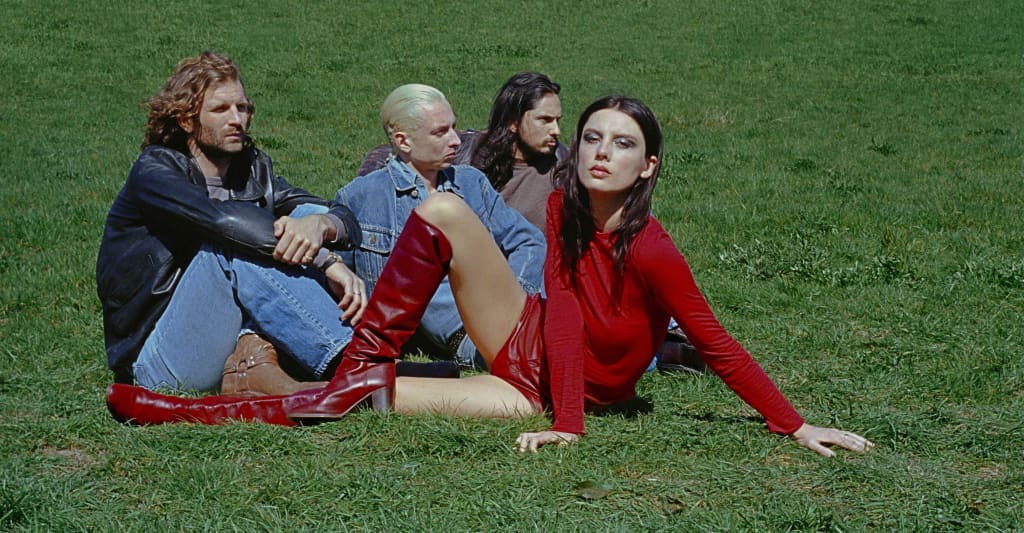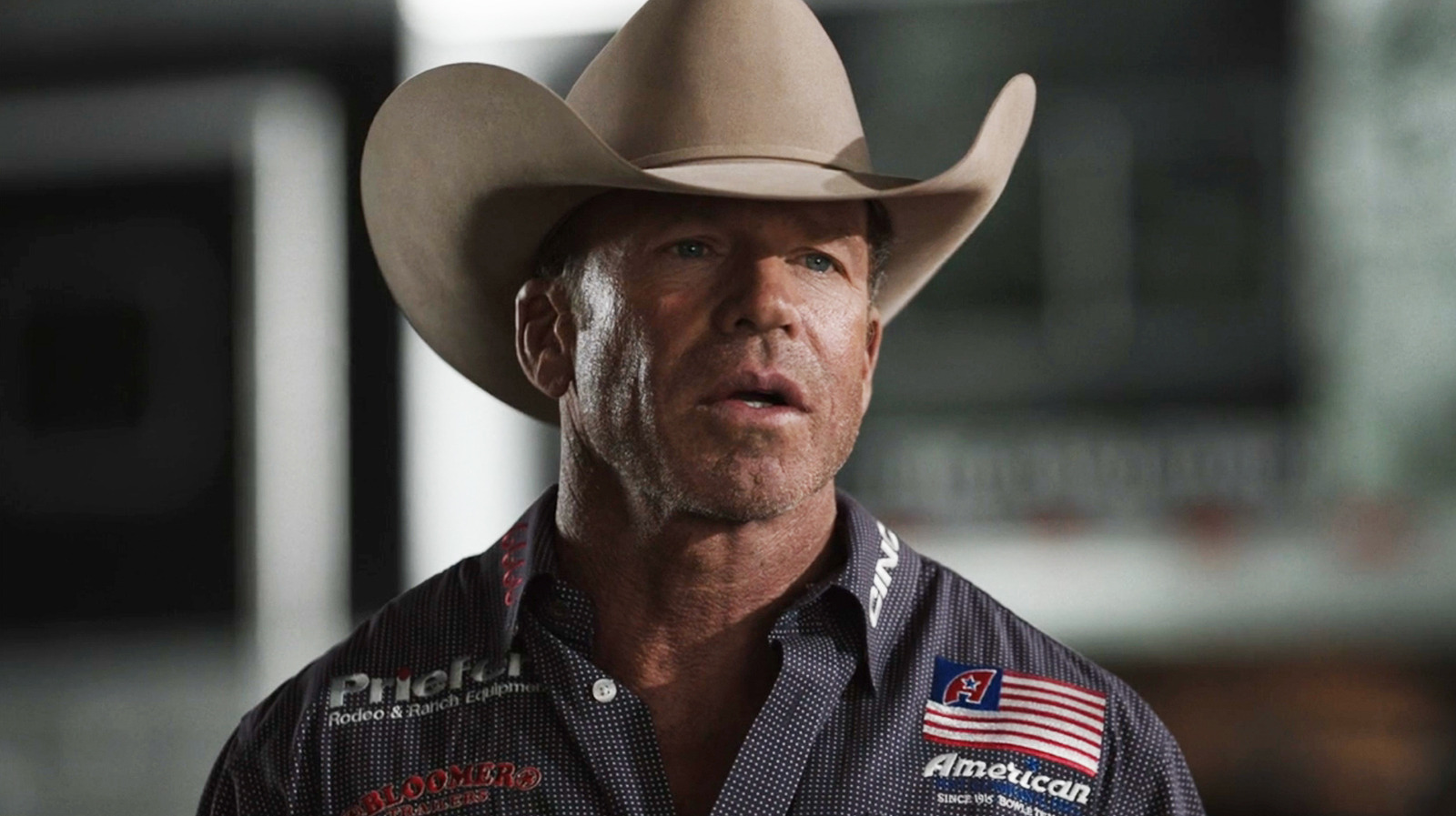How to Scare The Audience in Entirely New Ways
With the recent success of the IFC-produced Clown in a Cornfield, Sony Picture Releasing’s Until Dawn and Warner Bros.’s Sinners there is no denying that audiences love a good horror story. So, what is it about the horror genre that people can’t get enough of? For some, it could be the act of confronting one’s deepest fears in a safe environment and for others it could simply be the thrill of being terrified. With horror films such as Aged, Those Who Call and Something Scary to Talk About under his belt, filmmaker Anubys Lopez has become an expert on this subject and known for his distinctive style marked by unexpected endings. His latest title, Surviving La Llorona, was just released and follows a group of survivors discussing their encounters with the vengeful spirit of Mexican folklore, La Llorona. When discussing his work in the genre, Anubys says, “I like stories that stay with you—not because they wrap up neatly, but because they don’t. Real horror doesn’t give you closure. Abrupt endings are a way to leave a door open in the viewer’s mind, and that’s where fear lives. Making an audience uneasy is about control—of silence, pacing, sound, and the things you don’t show them”. In the below conversation, Anubys talks about everything from distributing projects under his Harrow House Films label to pushing the boundaries in horror.You can now stream Surviving La Llorona for free here. - YouTube www.youtube.com No Film School: You both wrote and directed Surviving La Llorona. Where did this idea come from? What intrigues you most about La Llorona?Anubys Lopez: The idea came from stories people submitted to us—real encounters from those who truly believed they had survived something supernatural. Some were friends, others complete strangers, but all of them were deeply personal. That raw fear, that emotional trauma, stuck with me. What intrigues me most about La Llorona is how she means something different to everyone—she's not just a ghost, she’s grief, punishment, a cautionary tale. That kind of layered myth is what horror thrives on.NFS: Can you talk about your writing process. About how long did it take you to draft the script?Lopez: The stories were all based on real accounts, so the groundwork was already there. What we had to do was dramatize them, build the tension, and find the emotional arcs within them. It took about three months to fully write everything out. I tend to start with the feeling I want the audience to leave with, and then I reverse-engineer the scenes to get them there.NFS: There have been a lot of films about La Llorona, including James Wan’s The Curse of La Llorona. When you were writing the series, did you watch any of these other La Llorona projects?Lopez: I’ve seen The Curse of La Llorona and a few others. I respect what they tried to do, but my approach was different. I wanted Surviving La Llorona to feel more grounded—something that felt closer to a true-crime documentary than a supernatural fantasy. My goal was to strip it down to the raw fear people feel when they believe they’ve seen something real.NFS: You have worked a lot in horror. What keeps attracting you to this genre?Lopez: Horror lets you explore fear in its purest form. It can be personal, cultural, existential—all at once. There’s no other genre that allows for that kind of depth while still keeping the audience on the edge of their seat. And honestly, I just love the challenge of trying to scare people in new ways. 'Surviving La Llorona'Credit: Harrow House Films NFS: Do you have any favorite films, horror or otherwise, that you regularly watch for inspiration?Lopez: I try to watch every horror film as soon as it comes out—I want to stay sharp and current. Films like Midsommar, Lamb, and Hereditary have really stuck with me, not because I rewatch them often, but because they did something unique with tone and atmosphere. I study them, learn from them, and move forward.NFS: What lighting package and cameras did you use for the Surviving La Llorona shoot?Lopez: We shot on the Red Komodo using Sigma cine lenses. Our lighting setup was built around Aputure lights, which gave us the flexibility to work fast while still creating an eerie, naturalistic look. Most of our setups were designed to feel like they belonged in a documentary, even when something supernatural started creeping in.NFS: Did you have any major challenges during the production process of Surviving La Llorona? If so, how did you overcome those?Lopez: Time and budget were the biggest obstacles. We had to be extremely strategic with how we used our locations and how much we could shoot each day. But honestly, working under pressure sometimes brings out the best in you. We prepared obsessively and trusted each other on set. That’s what made it all come together.NFS: You have developed a distinctive style marked by abrupt, shocking endings. Can you elaborate on why you like doing this? What are some of the best ways to make an audience feel uneasy?Lo


With the recent success of the IFC-produced Clown in a Cornfield, Sony Picture Releasing’s Until Dawn and Warner Bros.’s Sinners there is no denying that audiences love a good horror story.
So, what is it about the horror genre that people can’t get enough of?
For some, it could be the act of confronting one’s deepest fears in a safe environment and for others it could simply be the thrill of being terrified. With horror films such as Aged, Those Who Call and Something Scary to Talk About under his belt, filmmaker Anubys Lopez has become an expert on this subject and known for his distinctive style marked by unexpected endings. His latest title, Surviving La Llorona, was just released and follows a group of survivors discussing their encounters with the vengeful spirit of Mexican folklore, La Llorona.
When discussing his work in the genre, Anubys says, “I like stories that stay with you—not because they wrap up neatly, but because they don’t. Real horror doesn’t give you closure. Abrupt endings are a way to leave a door open in the viewer’s mind, and that’s where fear lives. Making an audience uneasy is about control—of silence, pacing, sound, and the things you don’t show them”. In the below conversation, Anubys talks about everything from distributing projects under his Harrow House Films label to pushing the boundaries in horror.
You can now stream Surviving La Llorona for free here.
- YouTube www.youtube.com
No Film School: You both wrote and directed Surviving La Llorona. Where did this idea come from? What intrigues you most about La Llorona?
Anubys Lopez: The idea came from stories people submitted to us—real encounters from those who truly believed they had survived something supernatural. Some were friends, others complete strangers, but all of them were deeply personal. That raw fear, that emotional trauma, stuck with me. What intrigues me most about La Llorona is how she means something different to everyone—she's not just a ghost, she’s grief, punishment, a cautionary tale. That kind of layered myth is what horror thrives on.
NFS: Can you talk about your writing process. About how long did it take you to draft the script?
Lopez: The stories were all based on real accounts, so the groundwork was already there. What we had to do was dramatize them, build the tension, and find the emotional arcs within them. It took about three months to fully write everything out. I tend to start with the feeling I want the audience to leave with, and then I reverse-engineer the scenes to get them there.
NFS: There have been a lot of films about La Llorona, including James Wan’s The Curse of La Llorona. When you were writing the series, did you watch any of these other La Llorona projects?
Lopez: I’ve seen The Curse of La Llorona and a few others. I respect what they tried to do, but my approach was different. I wanted Surviving La Llorona to feel more grounded—something that felt closer to a true-crime documentary than a supernatural fantasy. My goal was to strip it down to the raw fear people feel when they believe they’ve seen something real.
NFS: You have worked a lot in horror. What keeps attracting you to this genre?
Lopez: Horror lets you explore fear in its purest form. It can be personal, cultural, existential—all at once. There’s no other genre that allows for that kind of depth while still keeping the audience on the edge of their seat. And honestly, I just love the challenge of trying to scare people in new ways.
 'Surviving La Llorona'Credit: Harrow House Films
'Surviving La Llorona'Credit: Harrow House Films
NFS: Do you have any favorite films, horror or otherwise, that you regularly watch for inspiration?
Lopez: I try to watch every horror film as soon as it comes out—I want to stay sharp and current. Films like Midsommar, Lamb, and Hereditary have really stuck with me, not because I rewatch them often, but because they did something unique with tone and atmosphere. I study them, learn from them, and move forward.
NFS: What lighting package and cameras did you use for the Surviving La Llorona shoot?
Lopez: We shot on the Red Komodo using Sigma cine lenses. Our lighting setup was built around Aputure lights, which gave us the flexibility to work fast while still creating an eerie, naturalistic look. Most of our setups were designed to feel like they belonged in a documentary, even when something supernatural started creeping in.
NFS: Did you have any major challenges during the production process of Surviving La Llorona? If so, how did you overcome those?
Lopez: Time and budget were the biggest obstacles. We had to be extremely strategic with how we used our locations and how much we could shoot each day. But honestly, working under pressure sometimes brings out the best in you. We prepared obsessively and trusted each other on set. That’s what made it all come together.
NFS: You have developed a distinctive style marked by abrupt, shocking endings. Can you elaborate on why you like doing this? What are some of the best ways to make an audience feel uneasy?
Lopez: I like stories that stay with you—not because they wrap up neatly, but because they don’t. Real horror doesn’t give you closure. Abrupt endings are a way to leave a door open in the viewer’s mind, and that’s where fear lives. Making an audience uneasy is about control—of silence, pacing, sound, and the things you don’t show them.
 'Surviving La Llorona'Credit: Harrow House films
'Surviving La Llorona'Credit: Harrow House films
NFS: What lighting package and cameras did you use for the Surviving La Llorona shoot?
Lopez: We shot on the Red Komodo using Sigma cine lenses. Our lighting setup was built around Aputure lights, which gave us the flexibility to work fast while still creating an eerie, naturalistic look. Most of our setups were designed to feel like they belonged in a documentary, even when something supernatural started creeping in.
NFS: Did you have any major challenges during the production process of Surviving La Llorona? If so, how did you overcome those?
Lopez: Time and budget were the biggest obstacles. We had to be extremely strategic with how we used our locations and how much we could shoot each day. But honestly, working under pressure sometimes brings out the best in you. We prepared obsessively and trusted each other on set. That’s what made it all come together.
 Surviving La Llorona Writer/Director Anubys LopezCredit: Harrow House Films
Surviving La Llorona Writer/Director Anubys LopezCredit: Harrow House Films
NFS: How do you think you have kept the horror genre fresh with Surviving La Llorona and some of your other horror films?
Lopez: By approaching horror from a cultural and emotional angle. Surviving La Llorona isn’t just about scares—it’s about trauma, survival, and belief systems passed down through generations. I try to keep horror human. Instead of inventing monsters, I let real fears do the work. That’s what makes it feel fresh—there’s truth buried in it.
NFS: What is the biggest risk you have taken in the horror genre?
Lopez: Telling horror stories without a clear villain. In a few of my films, there’s no monster or killer—just something wrong beneath the surface. That ambiguity frustrates some viewers but terrifies others because it taps into fear of the unknown. That’s always a risk, but I’m drawn to it.
 Credit: Harrow House Films
Credit: Harrow House Films
NFS: What are some helpful tips you could give to up-and-coming filmmakers out there trying to get their horror projects made?
Lopez: Don’t be afraid to copy. I know that sounds strange, but every great filmmaker starts by imitating others. Study the films you love, figure out what works, and then put your own spin on it. You don’t have to reinvent the wheel—just roll it differently. And above all, just start. Don’t wait for permission.
NFS: What do you wish someone told you when you were beginning your career?
Lopez: That no one’s coming to hand you a career. You have to make your own opportunities, and rejection is just part of the job. Keep creating, keep learning, and don’t take anything personally.
NFS: Where do you see yourself, career wise, in 10 years?
Lopez: I’d love to still be making films under Harrow House Films and pushing boundaries in horror. But I also hope to be working with studios I admire—A24 has always been a dream. I want to keep telling strange, bold, and culturally rich stories that don’t play by the rules. If I can do that and stay independent in spirit, I’ll be happy.



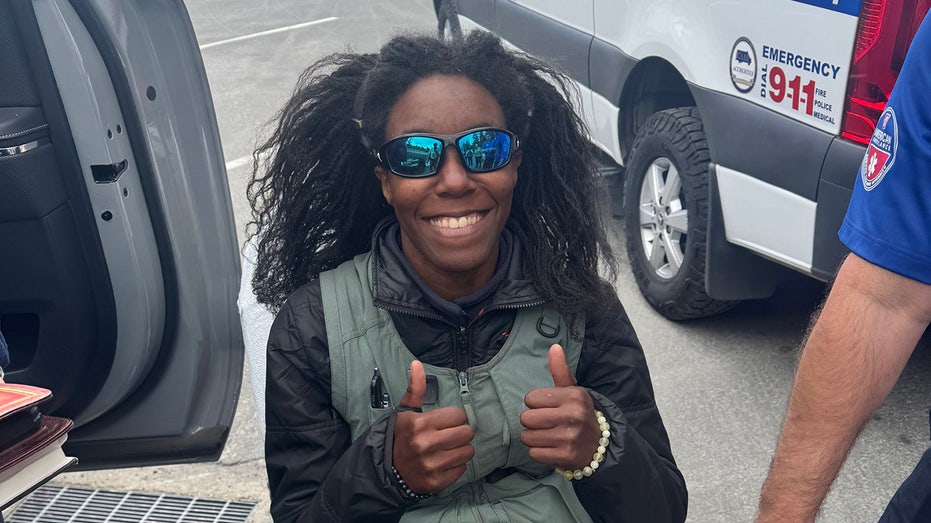










![How to make Developer Friends When You Don't Live in Silicon Valley, with Iraqi Engineer Code;Life [Podcast #172]](https://cdn.hashnode.com/res/hashnode/image/upload/v1747360508340/f07040cd-3eeb-443c-b4fb-370f6a4a14da.png?#)





![[Virtual Event] Strategic Security for the Modern Enterprise](https://eu-images.contentstack.com/v3/assets/blt6d90778a997de1cd/blt55e4e7e277520090/653a745a0e92cc040a3e9d7e/Dark_Reading_Logo_VirtualEvent_4C.png?width=1280&auto=webp&quality=80&disable=upscale#)
















